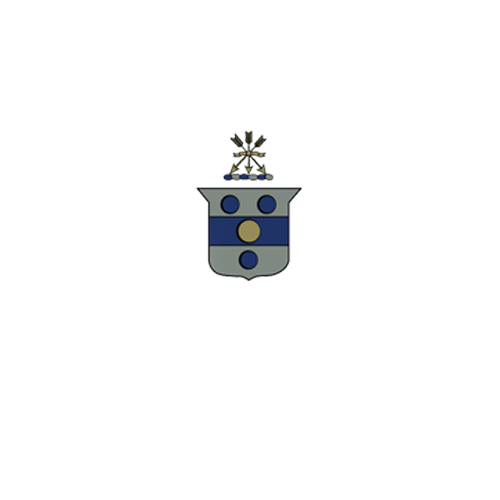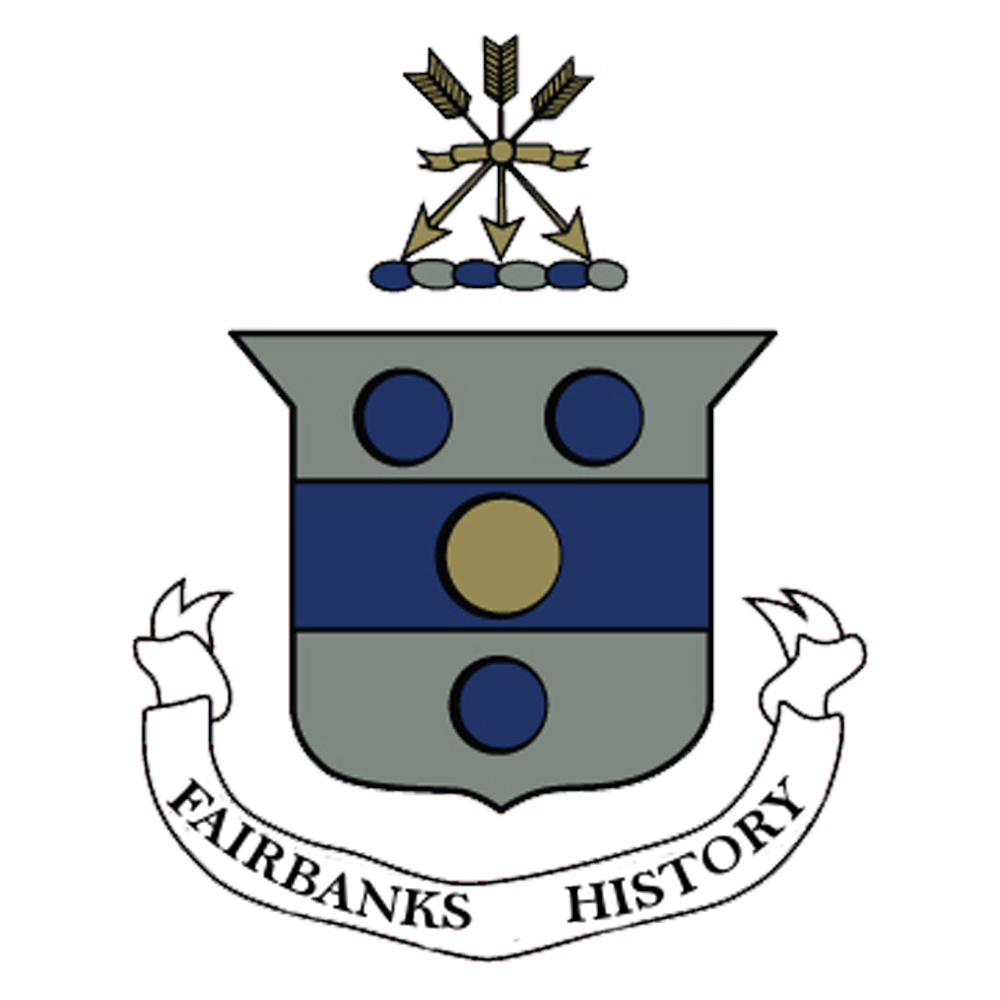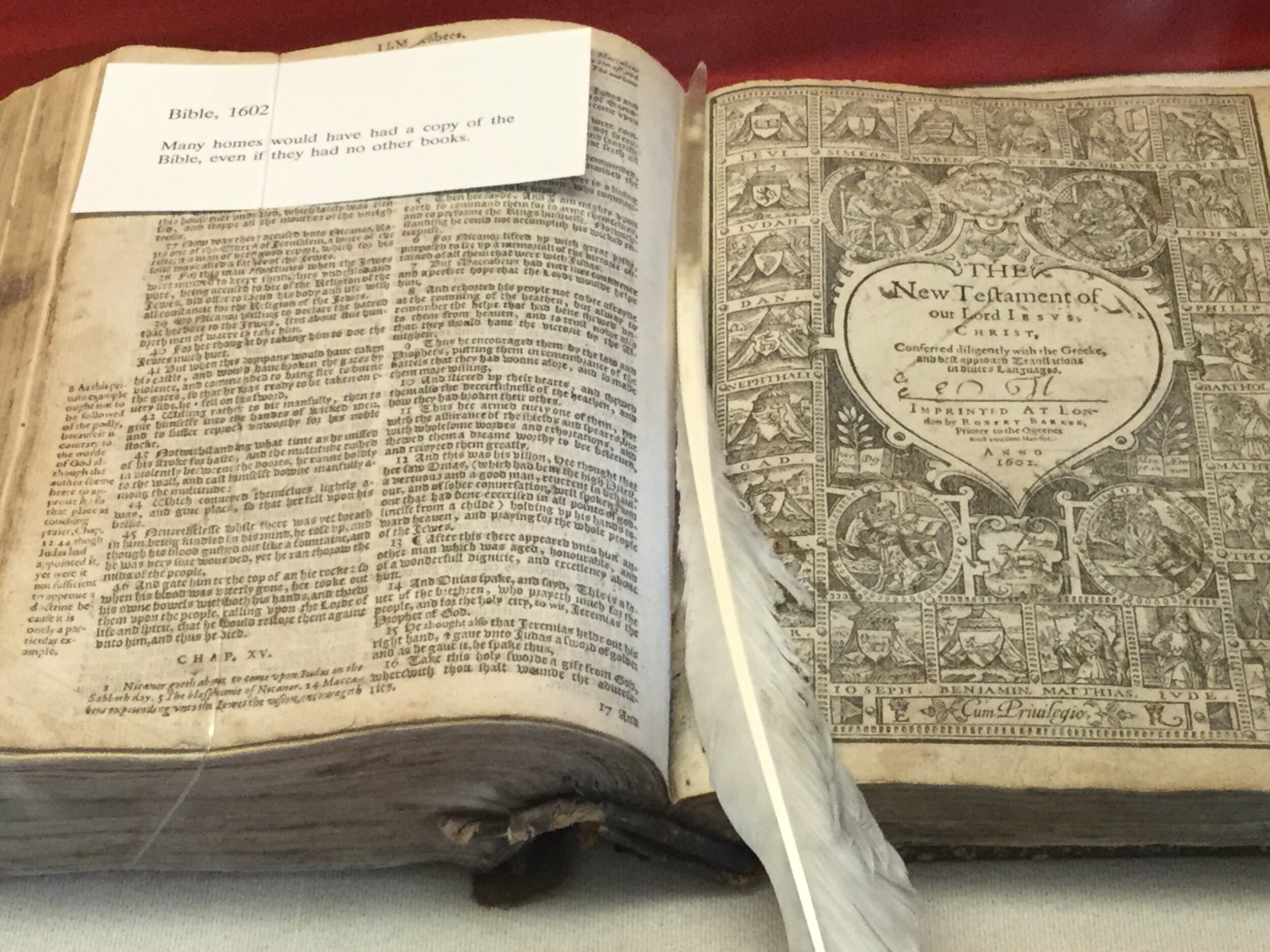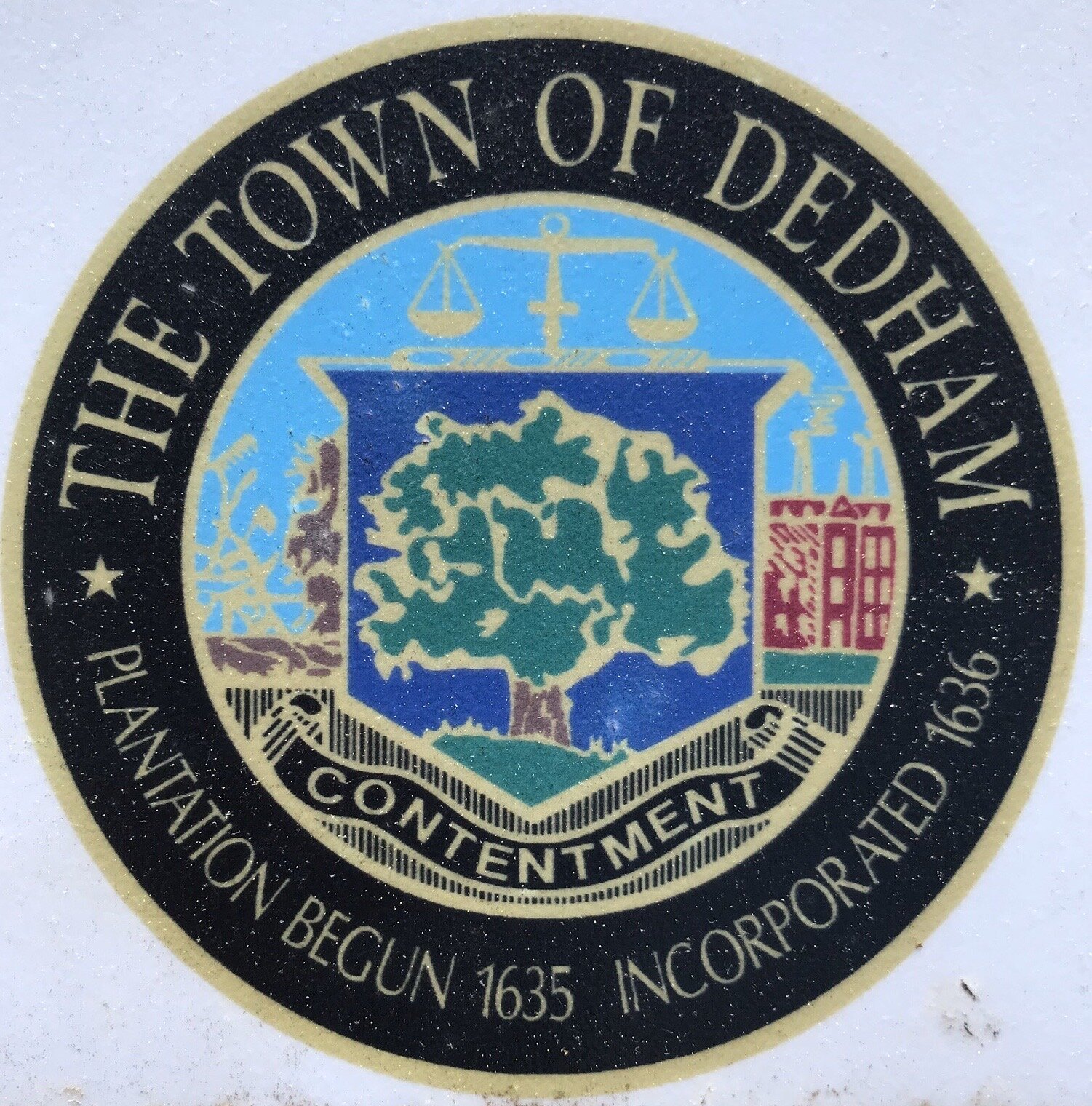Church Under a Tree: The Founding of the First Church in Dedham, Massachusetts
Jonathan Fairbanks as a Puritan
Jonathan Fairbanks lived in Sowerby, West Yorkshire, England.https://www.fairbankshistory.com/colonial-history/seventeenth-century-west-riding-yorkshire-england-of-fairbanks-and-prescott That area was known to be strongly Puritan. If Jonathan’s lineage is what we believe, he had a cousin who was a Puritan minister. https://www.fairbankshistory.com/colonial-history/fairbanks-prescott-from-northern-england The strongest argument for Fairbanks being a Puritan was his choice of towns in New England,and the men he associated himself and his family with in the New World.
Freedom to Worship
In the early 1600’s, the monarchy of England dictated how people should worship. The country was torn between Catholicism and the Church of England. Now a newer sect, who wished to purge all ritual and Catholic ways from the Church of England emerged. The Separatist, later known as the Pilgrims, felt there was no hope of change. They made a clean break from the Church of England. The Puritan wished only to get back to the basic teachings of the Bible and hoped that the Church of England would reform.
The new king, King Charles I, made it difficult for the Puritans. He, like preceding rulers, felt he was king by divine right and could control the worship of the church. After taking the throne, he married a French Catholic bride. He tended toward her religious worship.
Governance and Religion Inseparable
The Parliament, the other arm of the government, was made up primarily of the Puritan sect. They were often at odds with the King, particularly over raising money King Charles needed for naval battles. He dismissed parliament several times to rule the country on his own. https://www.fairbankshistory.com/colonial-history/why-did-the-fairbanks-and-prescotts-immigrate-to-new-england?rq=Turmoil
An important mission for the clergy and people who came to the new world was to teach Christianity to the indigenous people. https://archive.org/details/newenglandsplant00higgrich/page/n9/mode/2up (pages 41,42, 43) The reason was two-fold: first: they should spread the word of God, and second, to ally the indigenous people with their faith before the French and Spanish Catholics indoctrinated them. It was both a religious and land control issue.
In England, the Puritan ministers were being persecuted for preaching their beliefs. They were hauled out of their churches during sermons. Sometimes their ears were cut off, and they were taken to jail so they could not provide for their families.
The ministers and lecturers, at times disguised, fled the country to practice religion following their own beliefs and for their personal safety. Massachusetts Bay Colony had a large population of clergy, many who brought their congregations with them. They were looking for places to settle and preach. Others were looking to build a congregation in New England.
Founding of Dedham
After the Massachusetts Bay Colony (MBC) General Court (GC) gave permission for people to move from the coastal towns, men from Watertown found land and petitioned to build a new settlement. As soon as the GC granted the land, they started formulating a covenant or contract based upon their beliefs. The first foundation was that the town would be built on the love of their common God and love for each other. https://archive.org/details/earlyrecordsofto03hill/page/2/mode/2up (page 2)
From there, they sought others of “one heart” to settle among them. They made it clear, that anyone who believed differently would not be allowed in the town. The petitioner had to declare why he wished to settle. His character and reliability were scrutinized by all the current members.
Before GC granted a new plantation the privileges of a town, the settlement had to have a minister, at least 9 families, as well as, a plan of how they would govern the town.
Dedham had a potential minister, “Roaring John Rogers.” He was well-known in the area of England also known as Dedham. Rogers had a fiery preaching style that packed a church to overflowing. He was said to be “one of the most awakening preachers of the age.” However, he was thwarted from preaching in England. https://eardstapa.wordpress.com/2009/06/19/fetching-fire-from-dedham/ It was Reverend John Rogers that the men of Dedham asked to present their second petition to the MBC General Court for additional land in September of 1636.
Perhaps Mr. John Rogers was expected to become minister of Dedham. One of his followers, John Dwight was integral in finding the land, signing the first and second petitions, and organizing and finding members for the new town. Alas, the mighty personality, Mr. John Rogers, died in October, 1636, before the town was duly settled. Prior to this, he was granted a house lot that later abut Jonathan Fairbanks grant on the north. There was a John Rogers listed on the attendance of the Dedham meetings for many years after, so his family remained in Dedham.
So Many Clergy for Dedham
Jonathan Fairbanks was accepted into town March 23, 1636/37. The next month, Mr. Thomas Carter, a minister already associated with the Watertown church, was welcomed into town.
Four months after Fairbanks joined the town, Ralph Wheelock, another candidate for minister, was accepted into town July 15. Two days later, three more ministers requested membership. First was Mr. Timothy Dalton, brother of Philemon Dalton, one of the first petitioners for the land. The second was Mr. John Allin, who brought followers; three Fisher brothers. The Fishers became involved in building the first meeting house or church. The third was Mr. John Morse, brother of the collector of Dedham, Samuel Morse.
At this time, all clergy had to be certified to settle in the Massachusetts by Colony. The MBC Colony was going through turmoil with various other religious leaders of different practices and beliefs. Some of these were: Roger Williams, Anne Hutchinson, and Richard Wheelwright. These three were banned from the Colony to other parts of the New World. Massachusetts Bay Colony was not founded on freedom of religion. It was founded on freedom to follow the Puritan religion.
At this point, it is interesting to introduce Richard Fairbanks and his wife, relationship to Jonathan Fairbanks unknown, who came over about the same time as our family. They settled in Boston and joined that church in October of 1633. However, Richard Fairbanks later became a follower of Richard Wheelwright and was called out on this association along with other influential residents of Boston. after weapons were being confiscated for followers of Wheelwright, Richard disavowed his affiliation with him and was accepted back into the graces of the MBC governance. https://archive.org/details/cu31924029818444/page/n3/mode/2up
Another minister, Mr. Prudden, asked to bring his whole congregation of thirteen to fifteen people to Dedham, August 11, 1637. The town was preparing to provide house lots near the meeting house or church lands for everyone. They were asking men that were already settled to give up part of their lots for homes for new settlers in exchange for other land further out. However, Mr. Prudden and his followers didn’t responded to the Dedham’s welcome by September, so Dedham considered them uninterested.
Meetings or Church Under a Tree
Oak Tree
With thirty families in town, in mid-summer
the town decided to hold meetings under a tree. The new proprietors were from such diverse places, they needed to get to know each other, their “spiritual temper,” and the gifts they brought to the community. The meetings were held at a tree west of the area the town had selected for their first church. Out of respect for those living on the east side of town, on the other side of Dwight’s Brook or Little River, they alternated meetings using a tree there. The east side tree was near the angle formed by the old Boston Road and that now leading to Mill Village. https://ussconstitutionmuseum.org/2013/04/24/a-tree-grows-in-dedham/
When the weather turned cold, which it did early that year, they decided to meet every fifth day in one of the houses in the community. No doubt, the Fairbanks House, being one of the larger houses, was selected for one or more of these meetings. The host opened with a prayer, and discussion was held. All participants were asked to listen with a “teachable heart” and without arguing the points. The host closed the meeting with another prayer. The winter passed as they decided the organization of the church.
By the November 1, 1637, at the town meeting, a committee was selected “to contrive the fabric of a meeting house.” Michael Metcalf, Joseph Kingsbury, John Luson, and Anthony Fisher were on the committee. The committee planned a one story meeting house twenty feet by thirty feet. They designated common areas to take trees for the church. However, the snows fell early and hard making it difficult to move the lumber any distance. Proprietors were asked to give up trees from their lots, near the building site, with compensation of trees from the commons later.
Some of the work on the meeting house was paid out of the town funds. Every man in town was taxed based on the size of his land grants to finance the church and other town works. Some work for the town and church was expected of each resident. Committees were made for various aspects of the constructions. A saw pit was dug near the church site.
In spring of 1638, more people came from Watertown to settle. They wished to be dismissed from the church in Watertown. Mr. Thomas Carter and Mr. John Allin went to the minister at Watertown and asked if the people who planned to settle in Dedham could be released from their obligations as was the custom of the time. The clergy in Watertown said that he would not free those people to the new town until the Dedham church was fully formed. Dedham still had not selected a minister or officers.
Although a cemetery had already been established, in April 1638, Joseph Kingsbury and Nicholas Phillips laid down more land to extend the cemetery. The town meeting ordered that the church be erected where the lumber was prepared during the winter. However, there must have been some opposition to this site. At the next meeting, on July 28, 1638, they changed the location of the church to land relinquished by Joseph Kingsbury, in consideration of the people on the east side of Dwight’s Brook or Little River. This location was bound north by High Street (Common Street) and east by the pathway from the Keye or landing place toward Wigwam Pond.
Map courtesy of the Dedham Historical Society and Museum, Dedham Massachusetts
The people who had houses far from the center of town would receive land nearer the meeting house to rebuild their houses. Mr. John Allin, one of the ministers in town, was one of these.
With the church or meeting house underway, a committee of Mr. John Allin, Ralph Wheelock, Mr. Thomas Carter, and Edward Alleyn, were to recruit a minister for the town. August 13, they asked Mr. John Phillips (not to be confused with Mr. Henry Phillips of Watertown) to join the town. However, he was detained by obligations elsewhere.
Meanwhile, John Hayward and Nicholas Phillips were directed to mow and bring thatch for the roof of the meeting house. In October, when the church was near enclosed, Thomas Fisher, the builder, fell off the steep roof and was killed. Three builders in town, Joseph Kingsbury, John Roper and Thomas Bayes, were designated as a committee to see what was needed to complete the church.
Mr. John Phillips still had not arrived to become minister. The clergy of Dedham decided not to wait. They processed with the ordering of the church. Mr. John Allin was chosen to lead. He asked Ralph Wheelock to help him select eight more men to lay the ground work. Allin and Wheelock chose John Luson to help. With each addition, they all voted until there were ten, including: Allin, Wheelock, Luson, John Frayry, Eleaser Lusher, Robert Hinsdale, Edward Alleyn, Anthony Fisher, Joseph Kingsbury, and Thomas Morse. The group put each man through a rigorous interview. Only six of the ten, survived the inquisition. John Hunting, a newcomer, known to many of the men, was admitted to town at the end of the summer and was welcomed into the group.
The men made sure they followed the proper channels in building the church. They notified the General Court (GC) and other churches of their plans. In response, MBC General Court said that they could not form a church without advice from other churches. The Dedham men immediately asked for a clarification of the GC’s order, concerned about the control the government was trying to exert. They had just left a monarch who was dictating their religion. MBC General Court explained that it was guarding against “unsound judgments or erroneous ways.” The Colony had recently had court proceeding to banish clergy who, in their opinion, were dangerous to the public peace; Roger Williams, Anne Hutchinson, and Richard Wheelwright.
So Dedham invited the church of Boston, Roxbury, and Dorchester to advise them. The Dedham contingency worried that the weather was too severe, being the coldest and snowiest of any they had known. They worried that their town as too “raw,” not well settled, by the other church leader’s standards. At the ceremony, they opened with a prayer, a dissertation, reading of the covenant, and more prayer. With these churches’ blessings, Dedham was deemed to have started a proper church.
However, a minister had not been selected out of all the eligible men in town. For the interim, they selected Mr. Allin, as teacher but not minister. Perhaps they still hoped Mr. John Phillips’s would arrive. Mr. Wheelock was to run the business of the church. Finally, after waiting as long as they could, Mr. Allin was named minister, and Mr. John Hunting was selected as elder. A confirmation of the officers and the church was held with other town church dignitaries in attendance.
November 8, 1638, is that date recognized as the beginning of the church in Dedham. It was a Congregational Church and called the Church of Christ. The church in Dedham was the 14th church formed in the Massachusetts Bay Colony.
Next step to organizing a church - who would be accepted as members. Not everyone in town was accepted. If you were not accepted, you still had to come to church weekly or you were fined. If you were not a member of the church, you could not participate in privileges as a church member. The governance of the Massachusetts Bay Colony was so deeply embedded in their religion, that if you were not a member, you could not vote or hold an office in town or the colony.
Main Resources
Introductory picture is a facsimile of the first church in Dedham found in the book:
Smith, Frank, b. 1854. A History of Dedham, Massachusetts. Dedham, Mass.: The Transcript press, inc., 1936.
https://babel.hathitrust.org/cgi/pt?id=mdp.39015005019289&view=1up&seq=9
Lamson, Alvan, 1792-1864. A History of the First Church And Parish In Dedham, In Three Discourses: Delivered On Occasion of the Completion, November 18, 1838, of the Second Century Since the Gathering of Said Church. Dedham [Mass.]: Printed by H. Mann, 1839.
https://babel.hathitrust.org/cgi/pt?id=loc.ark:/13960/t5fb57p2c&view=1up&seq=1
Hill, Don Gleason, b. 1847. The Early Records of the Town of Dedham, Mass. 1636-1859: Dedham Transcript, 1892.
https://archive.org/details/earlyrecordsofto03hill/page/28/mode/2up
Slafter, Carlos, and Hill, Don Gleason. The Early Records of the Town of Dedham: The Births, Marriages and Deaths and Aadmissions to the Church and Dismissals Thereof. Office of the Dedham Transcript, 1888.
https://archive.org/details/earlyrecordstow00masgoog/page/n28/mode/2up/search/fairbanks
Up Next
Fairbanks and Membership in the Church at Dedham, Massachusetts
When and how were the Fairbanks family accepted into the Church or were they?











